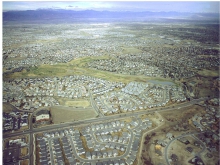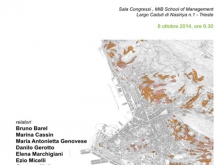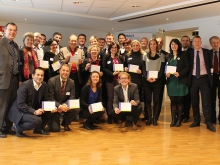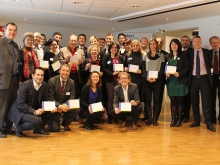Trieste
Trieste is one of the main commercial ports in the North Adriatic Sea, situated on the border with Slovenia in north-eastern Italy. With some 202,000 people, it is the largest city in the Friuli-Venezia Giulia region. Yet the city province as a whole is shrinking demographically: it has some 6,000 fewer inhabitants now than in 2001 and has lost around a third of its population since the 70s.
The key to Trieste’s demographic changes lie in its industrial past, severely affected by the structural changes of the past decades. But as the former countries of eastern Europe, such as neighbouring Slovenia, have joined the EU and become economically competitive, Trieste has also lost its political importance as a border city between East and West. As manufacturing industries have closed, leaving abandoned sites, people have moved away. The average age in Trieste is now 48, compared with 43 in Italy generally and the birth rate is one of the lowest in the country. Immigration, mostly from eastern Europe, is compensating for this decline, however. Slavs, mainly Slovenes and Serbs, make up around 30% of the city’s population.
Some industry remains in the port but Trieste’s economy is now mainly service-based. It is still a successful city, and its unemployment rate is lower than in neighbouring areas. Tourism is an important sector in this beautiful historic city. It also hosts important research institutions such as the business incubator AREA Science Park and SISSA (International School for Advanced Studies), employing 8,000 people. The University of Trieste has a population of 25,000 students.
SOME RELATED NETWORKS
USEAct
CTUR
Article
Growing cities: How to Expand in a Sustainable and Integrated way?
Article
USEAct in Trieste! What about local strategies in urban planning field?
News
Trieste 8 October 2014 - USEAct Local Dissemination Event!
News
Élus : un vote de confiance en faveur du programme de formation URBACT
News







